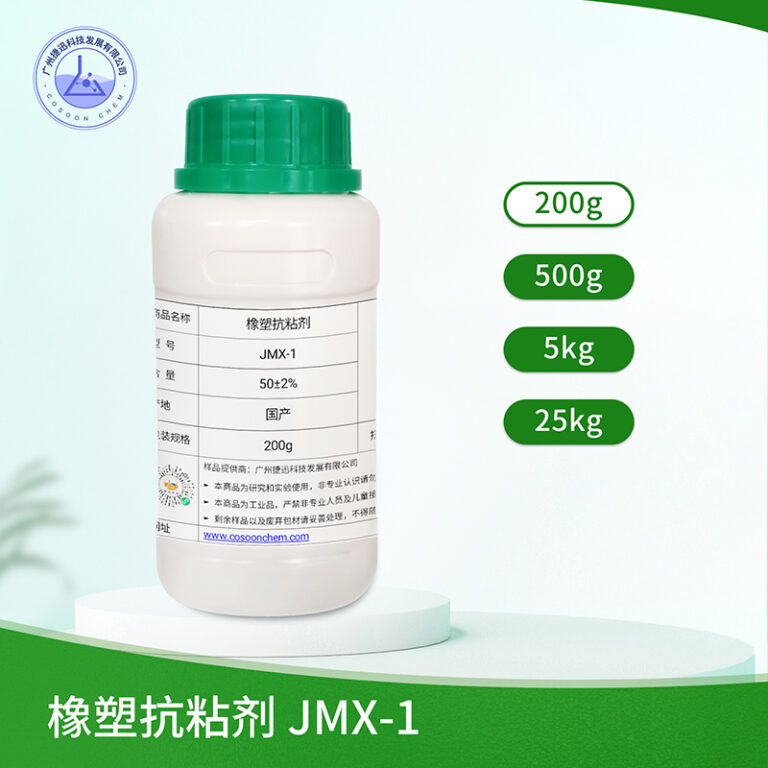Rubidium Chloride-RbCl
White crystalline powder, soluble in water, slightly soluble in alcohol. In the gaseous state, RbCl is a diatomic molecule with a bond length of about 2.7868 Å. In the cubic crystal system the bond length grows to 3.285 Å, showing a high ionic coordination number in the solid state. According to this condition, solid state RbCl shows the presence of three arrangements or polycrystalline forms in holographic imaging: 25Kg/drum; customized packaging specifications according to customer requirements
NaCl octahedral type The 6:6 NaCl type is the most common. cl and Rb are cubically most densely packed, filling the octahedral voids therein. Both ions are six-coordinated in this arrangement. The lattice energy of this crystal type is only 3.2 kJ/mol lower than the next crystal type. Cesium chloride cubic 8:8 At high temperatures and pressures, RbCl forms the structure of CsCl (NaCl and KCl also form this structure at high pressures). Chlorine ions surround Rb in the center of the cube at the eight vertices of the cubic crystal system.This is the structure with the highest density of RbCl. Since a cube has eight vertices, the coordination number of the two ions is equal to 8. This is the highest possible coordination number for RbCl. Therefore, according to the radius ratio rule (radius ratio rule), the cation will reach the maximum surface radius in this crystal form because the distance between the anion and cation is maximum. The tetrahedral morphology of sphalerite tetrahedral 4:4 rubidium chloride is quite rare in the results of structural studies. However, the lattice energy prediction for this morphology is about 40.0 kJ/mol smaller than all of the above structures.
Quality Indicators
| Detection of ambient humidity | 45-55% |
| Detecting ambient temperature | 20-25℃ |
| Sample delivery status: solid powder | Status of test result: Dry |
| Test items | Test results (%) |
| RbCl(Rubidium chloride) | 99.92 |
| Li | 0.0004 |
| Na | 0.003 |
| K | 0.0086 |
| Cs | 0.015 |
| Ca | 0.001 |
| Mg | 0.0004 |
| Fe | 0.0004 |
| Al | 0.0004 |
| Si | 0.0002 |
| Pb | 0.0001 |
Features and uses
Rubidium chloride is a chemical substance with a wide range of applications. ◆ Electronic materials, used as impurity dopant for semiconductors, can make high purity Rubidium Chloride wafers for the development of electronic devices; ◆ Electronic materials, used to make photoelectric devices, solar cells and transistors and other electronic components; ◆ Biomedicine, used as a heat stabilizer in biomedicine, it can enhance the thermal stability of proteins, so as to keep them active ◆ Biomedicine, optical Rubidium Chloride (CSRL) can be used for Tumor therapy, by stimulating the photosensitivity of Rubidium Chloride, it can achieve the effect of killing and treating cancer cells; ◆ In the field of lasers, it is used to manufacture solid-state lasers. The wavelength of this laser is between 1.3 microns and 1.6 microns, which is suitable for optical communication, radar remote sensing and medical instruments; ◆ In the field of lasers, rubidium chloride crystals can also be used to manufacture optical devices, such as heliostat, and can also be used in laser fiber communication; ◆ Nuclear magnetic resonance, rubidium chloride can also be used in nuclear magnetic resonance (NMR) experiments, because the magnetic resonance frequency of rubidium chloride atoms is different from that of hydrogen atoms, so it can be used by rubidium chloride as the magnetic resonance frequency of the hydrogen atom, so it can be used for the treatment of cancer cells. ◆ Nuclear magnetic resonance, Rubidium chloride can also be used in nuclear magnetic resonance (NMR) experiments, because the magnetic resonance frequency of Rubidium chloride atoms is different from that of hydrogen atoms. At the same time, Rubidium chloride can also be used in the study of molecular structure and magnetic materials and so on.
Packaging and Storage
◆ 25Kg/drum; ◆ Customized packing specification according to customer’s requirement;







